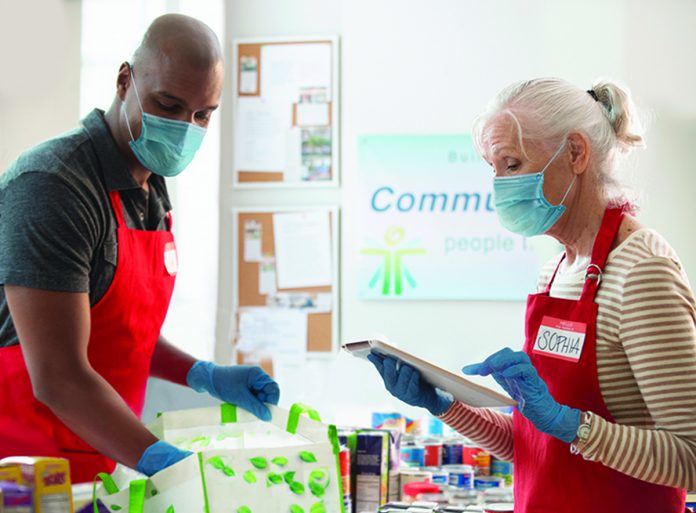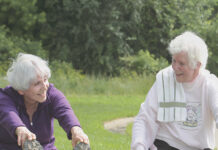Provided by MGS
The global pandemic that begin in late 2019 and continued into 2020 changed many aspects of life as the world knew it, and that includes volunteering. Social distancing measures and stay-at-home mandates from state and local governments discouraged people from leaving their homes, while various health organizations warned aging men and women to stay home as much as possible. The Centers for Disease Control and Prevention notes that the risk for severe illness from COVID-19 increases with age. In recognition of that threat, many retirees who were heavily involved in volunteering prior to the pandemic were forced to cease working as volunteers, which could have a negative effect on their mental health as the pandemic continues. A report from the Mayo Clinic Health System noted that adults over age 60 experienced greater life satisfaction and greater positive changes in their perceived health as a result of volunteering.
Many people have continued to volunteer during the pandemic, and those that want to do so can take these steps to make sure their efforts to give back are as safe as possible.
• Speak with your physician first. Anyone, but especially seniors, who wants to volunteer during the pandemic should discuss those aspirations with their physicians prior to offering their services to charitable organizations. Doctors can discuss the acute and chronic threats posed by the COVID-19 virus and examine each individual’s medical history to help potential volunteers decide if working with a local charity is safe. In addition, doctors can check patients for COVID-19 symptoms and even have them tested to make sure they won’t be putting anyone in danger should they decide to volunteer.
• Contact the organization prior to volunteering. Some organizations may not be allowing potentially at-risk volunteers to perform in-person tasks. Contact the organization you hope to work with prior to signing up to confirm your eligibility, but also to discuss the safety protocols they’ve put in place to protect the health of their volunteers.
• Monitor your own health. If you’ve signed up to volunteer, it’s vital that you monitor your own health. Health officials believe the COVID-19 virus has spread so rapidly for a number of reasons, including the likelihood that many people have had the virus but shown no symptoms. Charitable organizations will no doubt assess the health of each volunteer when they show up to work, but volunteers also should make such assessments on their own. Check your temperature each day and familiarize yourself with the symptoms of COVID-19. If you suspect you are unwell or are even slightly under the weather, contact the charity and tell them you won’t be showing up that day. Operating with an abundance of caution during the pandemic can save lives.
• Consider virtual volunteering. Virtual volunteering is a safe way to give back that won’t expose volunteers or others to the COVID-19 virus. Charitable organizations need behind-the-scenes help just as much as they need volunteers with their boots on the ground. Virtual volunteers can help with fundraising efforts and event planning, but also help charities overcome the logistical challenges of operating and meeting their missions during the pandemic.














